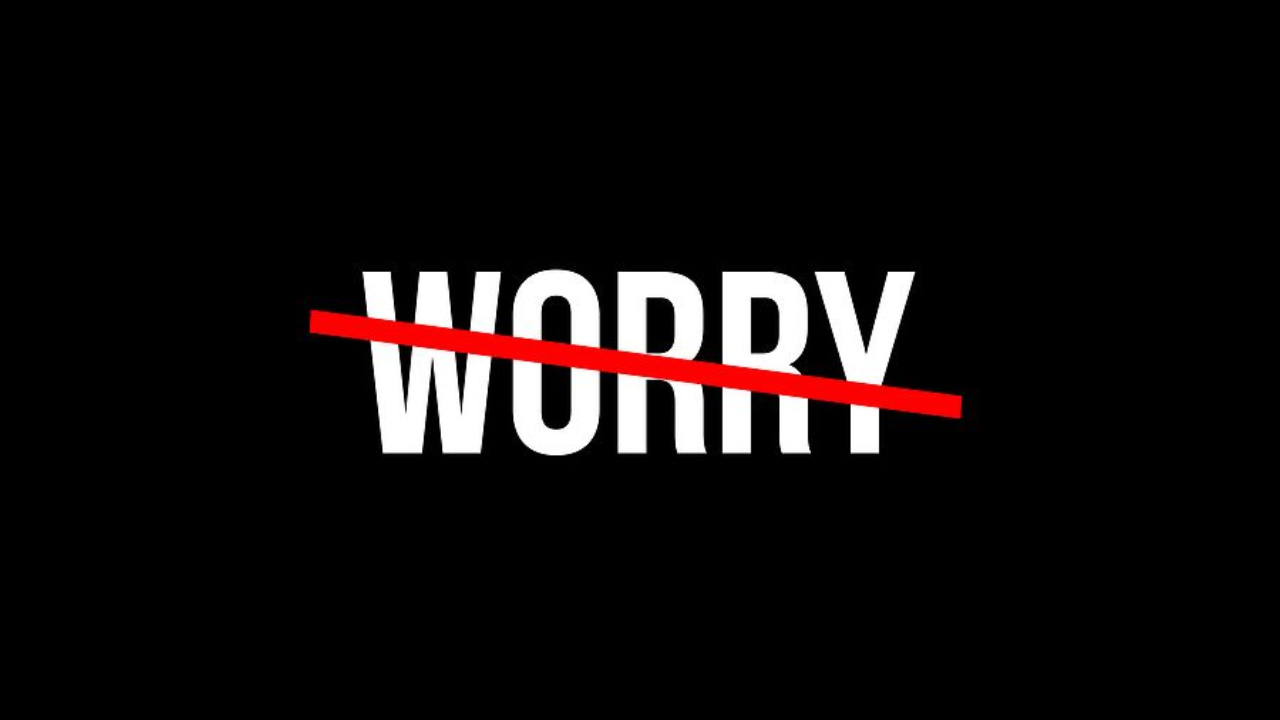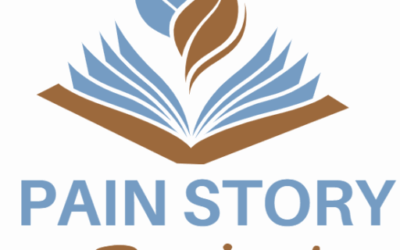Do you continually worry about and focus on your pain? Do you put pressure on yourself to figure out how to fix your pain and become frustrated or angry when the pain doesn’t go away? Do you degrade yourself because you’re still hurting? Do you fight against the pain and fear that it may last forever?
Before you answer, let’s take a closer look at the italicized words above. Consider if you tend toward any of these thoughts or behaviors in relation to your pain:
- Worry about it?
- Focus on it?
- Put pressure on yourself to figure it out and problem solve how to fix it?
- Become frustrated or angry about it?
- Criticize, degrade, or shame yourself for having it?
- Fight against it?
- Feel fear about it?
Doctor Howard Schubiner, an internal medicine specialist and pioneer in mind-body medicine, has identified the 5 F’s that are counterproductive to healing neuroplastic pain. These are shown in bold above: focus, fix, frustration, fight, and fear. Likewise, in Pain Reprocessing Therapy (PRT), which I introduced in my last blog titled Unlearn Chronic Pain with PRT, the behavior patterns of worry, pressure, problem-solving, anger, and shame are also linked to having negative effects on healing neuroplastic pain.
Now, go through the items in the list again, one by one. As you answer yes or no to each question, also consider the emotions that are generated as you read each item. To do this, ask yourself while reading, Does this statement (e.g., Worry about it?) make me feel more stressed or less stressed? Notice how your body is responding by tuning into the physical sensations that accompany the emotion. Do these bodily sensations make you feel safe or threatened? Go ahead and review the list.
Are you seeing the common thread through all of these statements? They all increase stress and activate the sympathetic nervous system (SNS). Let’s consider how this is connected to preoccupation.
Preoccupation Addiction
Let’s start this discussion by defining preoccupation. According to Merriam-Webster, preoccupation is “extreme or excessive concern with something.” By this definition, preoccupation could be applied to numerous concerns, such as relationships, finances, health, sports, and work. Hence, preoccupation is not unique to pain. Let’s test out this idea.
Pick something else in your life that you might become preoccupied with. It can be anything that concerns you. For instance, you might have a concern about your aging parent’s health. With some topic-specific tweaks to the statements above, insert your new concern. Ask yourself–Do I worry about [my parent’s health]? Do I focus on [my parent’s health]? Put pressure on myself to figure out [my parent’s health and care needs]? That should give you the idea. Keep going down the list. And don’t forget to check in with your stress levels and emotions as you respond. Did you find a result that was similar to when you were considering your pain? Yes!
So, is pain the problem or preoccupation with the pain? Could it be that we are addicted to being stressed and living in the SNS, and pain is the concern we’ve become preoccupied with to maintain our comfort (stressed out) zone, which feels familiar and safe? Is it that our brains have become addicted to the sensations of stress in body and mind and keep returning us to this state? Recall the study that I wrote about in my previous blog in which people shocked themselves to avoid stillness and to inject stress. If this is true, what is the solution?
End Pain Preoccupation
Stress and fear have the same effect on the nervous system: to heighten our alert level. And, as discussed in last month’s blog, fear is the fuel for pain. If we refer to the list of statements above and replace “stress level” with “fear level,” the connection between preoccupation and pain becomes clear. Each of the statements for preoccupation increases fear–and fear increases pain.
Also, notice that fear wears many hats. It could show up as worry, or the never-ending search for a fix to your pain, or negative self-talk, or frustration, or . . . All of these are forms of preoccupation that create the same result: increased fear and increased pain.
Recognizing these fear-provoking thoughts and behaviors is the first step in ending pain preoccupation. Take a moment now to reflect on how you keep scaring yourself about your pain. Is it self-criticism, anger, or problem solving? (Note that problem-solving is one of the most common strategies I see in clients–and it’s a strategy I use, as well). Think about this: if I’m problem solving, I’m communicating to my brain that this pain is a problem, which increases my fear and pain. Same goes for worrying, focusing, etc. They are all sending the message to my brain that there is a threat, and I am not safe.
Now, for step two in the process of ending pain preoccupation. Once you’re familiar with the thoughts and behaviors linked to your preoccupation with your pain, it’s time to reassess them. This is the hard part, where you choose NOT to accept or engage with these thoughts and behaviors. This is extremely difficult because we are hardwired to equate physical pain with physical injury. However, with neuroplastic pain, there is no structural damage. In this case, preoccupation with the pain is the brain’s strategy to keep you afraid, stressed out, and in the SNS. So, if you understand that your brain’s objectives are surviving and keeping you safe, you realize that it is going to do everything it can to make sure you stay in a state of high alert because it equates that with familiarity and safety. Your brain is trying to protect you! But its well-meaning efforts are misguided and mistaken.
Understanding the error your brain is making is essential to ending pain preoccupation. During the second step, it is your job to remind yourself that the problem solving, fighting, worrying, focusing, and anger of preoccupation are merely a desperate attempt by your brain to reestablish the familiar and what it perceives as a safe state. You must also realize and accept that these thoughts and behaviors are not actually going to help at all. Take your time with this step. Be patient and kind to yourself. You might also consider trying these tactics on another preoccupation concern. Preoccupation tends to be a personality style. You might notice that you have a habit of preoccupation that existed before the pain began. Pain just happens to be a very powerful source of preoccupation.
Calm Neurotags
Last month I introduced the concept of a pain neurotag (which you can review in this blog). The ultimate goal of PRT is to develop calm neurotags. Hence, the last step of ending pain preoccupation is to activate your Parasympathetic Nervous System (PNS). You can calm yourself through the mind by using reassuring words such as “I’m okay” or “I’m safe.” You can also calm yourself through the body using pleasant sensations such as deep breathing, gentle massage, or light stretching. Achieving a more relaxed state may be quite challenging since the brain repeatedly tries to bring you back to the SNS. Expect that and know why it is happening. It can help to start with short sessions: even 30 seconds repeated consistently can begin to rewire your brain and establish calm neurotags. With more and more repetition, it will get easier. And in time, this peaceful state of being can become your new normal as the calm neurotags are strengthened and the pain neurotags wither.
Conclusion
Neuroplastic pain is caused by misfiring of pain neurotags. Essentially, the brain interprets safe sensations as dangerous and, in an effort to protect us, the brain creates pain. Fear is the fuel that feeds the pain. The more we fear the pain, the more the brain assesses there is danger that could threaten our survival and outputs pain as a protective response. Preoccupation thoughts and behaviors–focusing on the pain, worrying about the pain, desperately trying to fix the pain, becoming angry about the pain and so on–are all forms of fear. Hence, preoccupation fuels the pain.
To heal neuroplastic pain, then, the habit of preoccupation needs to be addressed and changed. The nervous system must realize there is another way to function. We need to give our bodies and minds the experience of living in a calm state. The more we practice this, the more the fear and pain are quieted. Eventually, our alert level lowers, and this less vigilant state becomes our new comfort zone where pain no longer resides.
______________________________________________________________________
Pain Reprocessing Therapy Center Course
Freedom From Chronic Pain Practitioner Training
Stay connected with news and updates!
Join our mailing list to receive the latest news and updates from me.
Don’t worry, your information will not be shared.
We hate SPAM. We will never sell your information, for any reason.



